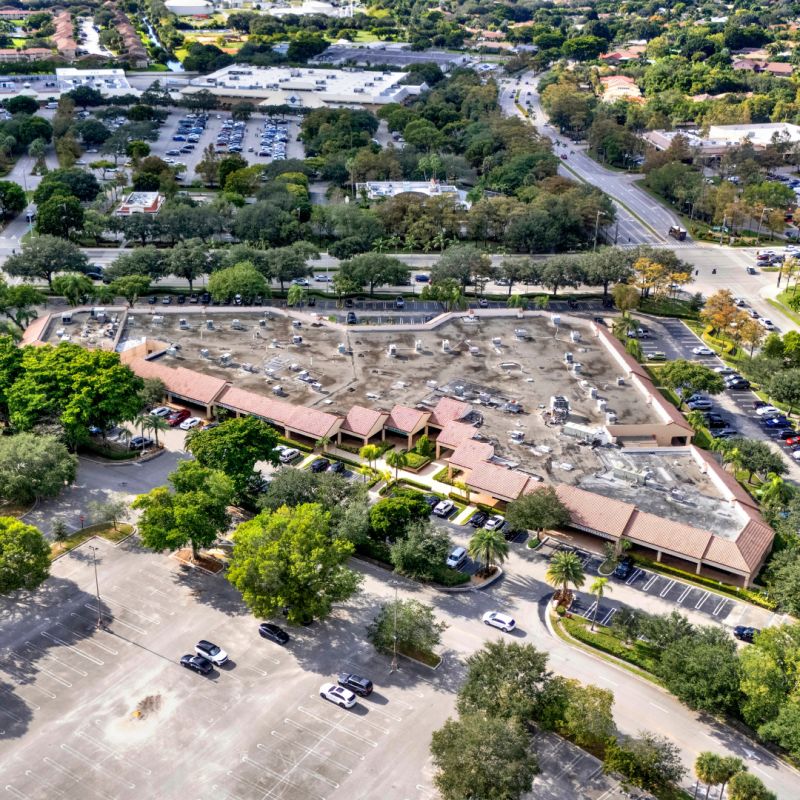U
nited States Real Estate Market
The US real estate market is a significant pillar of the national economy, characterized by diverse investment avenues and constant demand across sectors. Valued at USD 3.43 trillion in 2024, it encompasses residential, commercial, industrial, and land properties, operating through sales, rentals, and leases. Economic growth, population dynamics, and urban expansion drive real estate development nationwide, despite occasional headwinds like interest rate fluctuations and regulatory shifts.
The market is expected to reach USD 4.52 trillion by 2034, expanding at a steady CAGR of 2.80%. This trajectory underscores the sector's resilience amid economic fluctuations and shifting consumer behaviors. The rise of smart buildings, suburban housing boom, and adaptability are driving investor confidence and long-term growth across residential, commercial, and industrial segments nationwide.
The US real estate market size reflects growing investment from institutional players and REITs (Real Estate Investment Trusts), along with private investors seeking long-term asset appreciation. Emerging regions like the Southwest and Southeast contribute significantly to overall market valuation through rapid development, population growth, and expanding industrial hubs.
Key trends in the US real estate market include:
* The rise of remote and hybrid work models, prompting people to migrate from urban cores to suburban and rural locations.
* Multifamily housing and built-to-rent communities gaining popularity due to affordability concerns and flexible living needs.
* Flex office spaces trending, with tenants seeking shorter leases and more adaptable environments.
* Industrial real estate segment booming due to e-commerce growth, increasing demand for warehouses, fulfillment centers, and last-mile delivery hubs.
Despite challenges like high interest rates affecting mortgage affordability and investor financing, regulatory hurdles, zoning restrictions, and construction delays limiting supply responsiveness, opportunities abound in the US real estate market. The growth of the Sunbelt region opens new investment corridors, while emerging technologies like digital closing systems, blockchain property transactions, and predictive analytics improve efficiency and transparency.
The competitive landscape is composed of multinational corporations and specialized regional players, with leading firms leveraging advanced analytics, strategic partnerships, and sustainable designs to remain competitive. Key players include Brookfield Corporation, Prologis, Inc., Simon Property Group, L.P., AvalonBay, Inc., Equity Residential, CBRE, Inc., Jones Lang LaSalle Incorporated, Colliers International Group Inc., Greystar Worldwide, LLC, and Lincoln Property Company.
The US real estate market is poised for steady growth, with a CAGR of 2.80% from 2025 to 2034, driven by demographic expansion, urban development, and infrastructure modernization. Residential properties will continue to dominate due to sustained demand for single-family homes and affordable housing, while commercial properties are expected to recover as businesses recalibrate post-pandemic strategies. The industrial real estate segment is forecasted to expand rapidly, driven by rising logistics demands and automation in supply chain infrastructure.
The market's forecasted expansion to USD 4.52 trillion demonstrates a strong economic foundation, widespread investor confidence, and the adaptability of the real estate sector to shifting consumer and business needs over the next decade.















